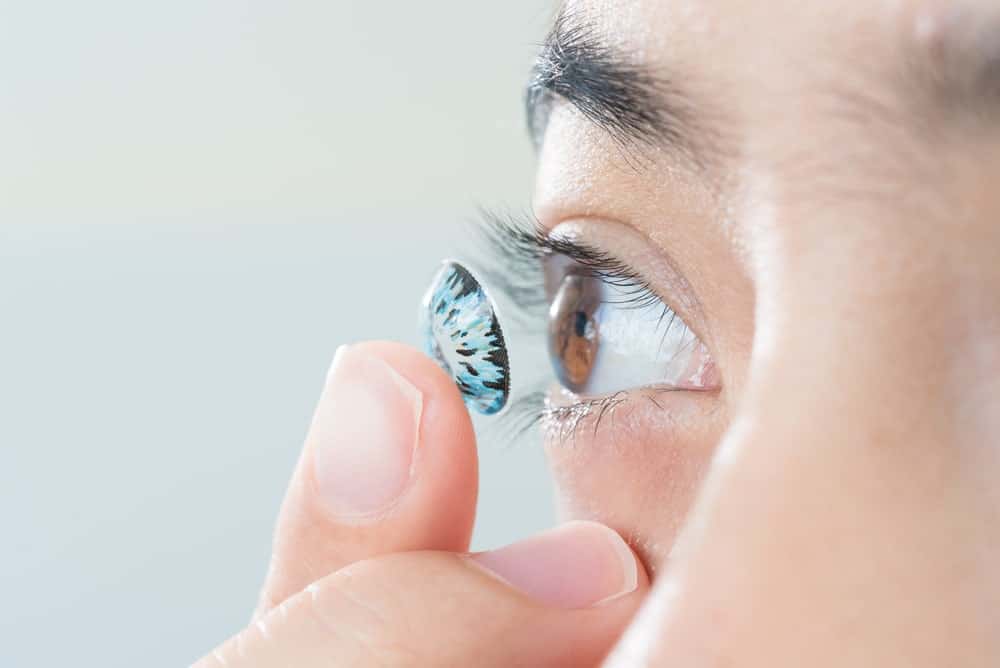
The Different Types of Contact Lenses You Should Know About
Several contact lenses are available, all of which require a prescription from an eye care professional. See your eye doctor if you’re considering acquiring contact lenses or changing your contact lens type.
The many types of contact lenses are listed below.
Everyday Wear
Daily wear contact lenses are designed to be worn during the day. They are not intended for nighttime use. To disinfect daily-wear contact lenses, remove them at night, rub them with contact lens solution, and store them in a clean contact lens storage container filled with new contact lens solution. Sleeping with daily wear contact lenses on might raise the risk of a severe eye infection.
Extended Wear
Extended-wear contact lenses are available for one to six nights or up to 30 days of usage. Contact lenses for extended wear are often constructed of soft polymers that enable more oxygen flow to the cornea. A few brands of hard contact lenses are also manufactured and authorised for nighttime usage. The length of continuous wear is determined by the type of contact lens and your eye care provider’s assessment of your tolerance for overnight wear. It is critical that the eyes rest without lenses for at least one night after each planned removal. Before contemplating this option, consult your eye care practitioner, as overnight contact lens usage has been related to significant eye infections.
Orthokeratology (Ortho-K)
Orthokeratology, often known as Ortho-K, uses specially constructed hard contact lenses to alter the cornea’s curvature. This contact lens temporarily corrects eyesight and is mostly used in nearsighted individuals. Ortho-K lenses are typically prescribed for use while sleeping. They are often taken off in the morning and are not worn during the day. Most people can go the entire day without using their glasses or contact lenses. However, others will have eyesight correction wear off later in the day. Ortho-K lenses must be used every night (or on another suggested schedule) to sustain the effect. Your eye care practitioner will determine the optimal maintenance regimen for you.
Scleral
A scleral lens is a bigger form of hard contact lens, often known as a rigid gas permeable (RGP) contact lens. Scleral lenses lie on the sclera, not the cornea, the white component of the eye. As a result, fluid accumulates in the tiny area between the lens and the cornea. This fluid shields the cornea and can aid in healing injured corneas. Scleral lenses are frequently provided to individuals with damaged corneas or extremely dry eyes. Scleral lens users should carefully follow their eye doctor’s recommendations for safe usage and care.
Decorative
Some people utilise contact lenses to improve or modify the colour of their eyes. Decorative contact lenses with and without vision correction are available. However, all contact lenses require a prescription from an eye care professional. Visit an eye care professional for a prescription and a follow-up check to ensure the contact lenses fit properly.
